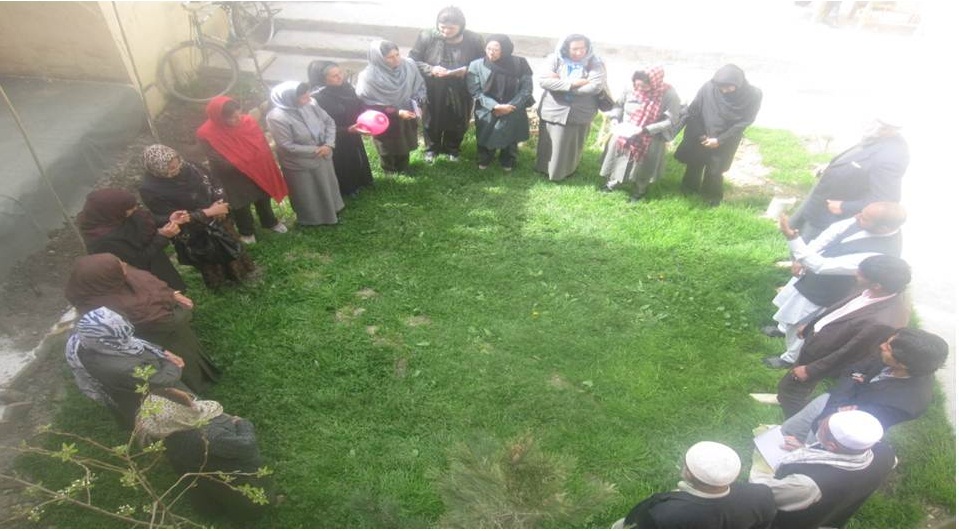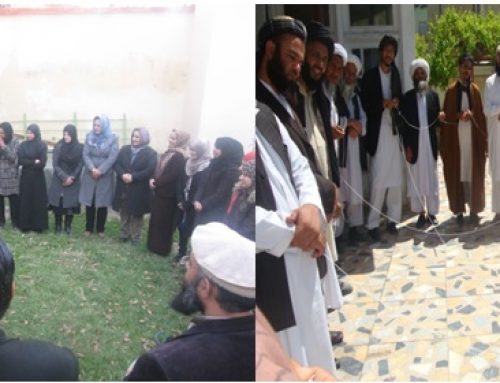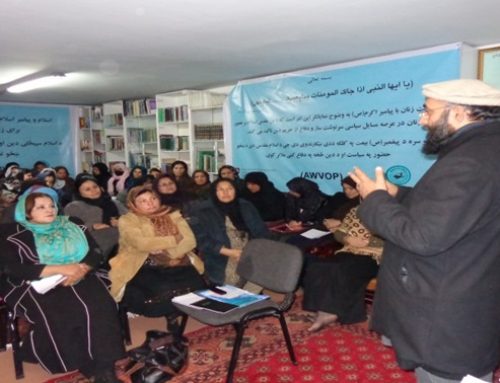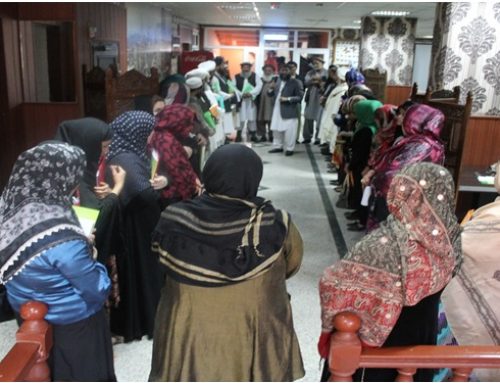Advocacy is one of the key elements in any movement building process. NECDO, alongside many other women organizations for the promotion of culture of human rights and women’s right’s established its advocacy Units in 2004. The initial step developed an advocacy policy and based on that guideline we designed projects to address the issue.
The very first project we conducted was (Youth Committees for EVAW Project) that we trained and addressed the issue of domestic violence and the public issue of sexual harassment that has been going on for ages, but got recognition from our team in the year of 2004 in Ghazni province. The inspiring story which made allowed us in starting on this project was the story of Mahmooda who was fond of getting education, however, she wasn’t able to due to the boundaries of families and community of Afghanistan. She was able to convince her mother in helping her in this regard. She started wearing Burqa and went to school. Her brother Munir thought that she is the neighboring families daughter and was harassed by her own brother and his friends every single day. One day as she was crossing the street, her brother was following her and was near to touch her. She had a car accident and died on the spot. Munir was afraid and went home to hide himself and after a while the police brought his sister’s dead body who he assumed was his neighbor’s daughter. He was ina very bad condition and admitted that he was responsible for her death.
We kept on hearing several new stories of harassment and Nabila, who was one of our student said “When I go to school, I am afraid of every male on the street: no matter if he is 6 years old or 60 years old”
Advocacy Strategies (step by step)
Developing Advocacy Plan (Why we do Advocacy?)
- An action directed at changing the policies, positions or programs of any type of institution
- Pleading for defending or recommending an idea before other people
- Speaking up, drawing a community’s attention to an important issue, and directing decision-makers toward a solution
- Putting a problem on the agenda, providing a solution to that problem, and building support for acting on both the problem and solution
- Different strategies aimed at influencing decision-making at the organizational, local, provincial, national, and international levels
- Lobbying, social marketing, information, education and communication, community organizing, or many other tactics
- The process of people participating in decision-making processes which affect their lives
Selecting an Advocacy Objective
- In order for an advocacy effort to succeed, the goal must be narrowed down to an advocacy objective based on answers to questions such as:
- Can the issue bring diverse groups together into a powerful coalition? Is the objective achievable? Will it really address the problem?
Using Data and Research for Advocacy
- Data and research are essential for making informed decisions when choosing a problem to work on, identifying solutions to the problem, and setting realistic goals. In addition, good data itself can be a persuasive argument.
- Given the data, can you realistically reach the goal? What data can be used to best support your arguments?
Therefore, Research is a tool of Advocacy:
Afghan civil society and women activists are working very hard to bring good results but so far it’s not. One of the main reasons is not doing advocacy issues professionally. The very basic step for advocacy is conducting research and finding solid proofs for what we want to do with the advocacy.





Leave A Comment